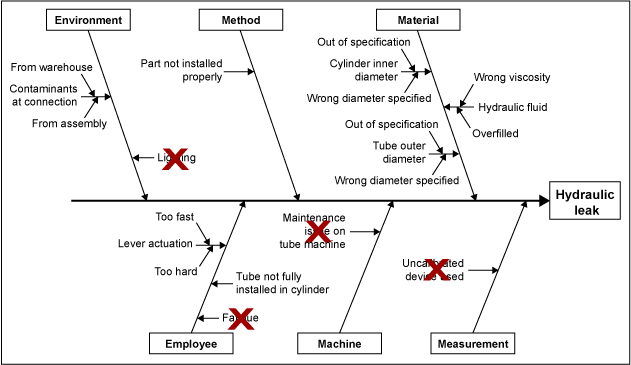

Since 2009, we observed an increase in the proportion of non-vaccine serotypes (specifically serotypes 15A, 35F, and 6C). Bacteremias caused by vaccine serotypes decreased over the study period, especially serotypes included in the PCV-7. IR decreased over time, mainly in patients ≥65 years (see Table 1) but remained much higher in these patients. Results: A total of 778 pCAP cases were identified during the period, among whom 455 were used to calculate IRs. Annual and average incidence rates (IR) of pCAP per 10,000 inhabitants were estimated in patients living in the Greater Sherbrooke area (pop. Included patients had a new infiltrate on a chest X-ray and/or a thoracic CT Scan performed within 48h of admission and had not been hospitalized within 14 days of admission. Methods: All adult patients admitted for pneumonia between 1997–2015 at the CIUSSS de l'Estrie-CHUS were reviewed. Our aim was to characterize the population incidence and trends in pneumococcal serotypes in a cohort of patients hospitalized with CAP. It is much harder to assess trends in pneumococcal community-acquired pneumonia (pCAP) rates in administrative database, as these rates are based on ICD coding only. Objectives: In Québec, invasive pneumococcal infection incidence has decreased following the introduction of the pneumococcal conjugate vaccines (PCV7 in 2004, PCV10 in 2009 and PCV13 in 2011). Incidence of Pneumococcal Community-Acquired Pneumonia Requiring Hospitalization in Sherbrooke, Québec from 1997 to 2015Ĭ Grenier 1, A Carignan 1, 2, C Abou Chakra 2, A Marcil-Héguy 1, G Lapointe 1, L Valiquette 1, 2ġCentre de recherche du CHUS, CIUSSS de l'Estrie-CHUS, Sherbrooke, QC 2Department of Microbiology and Infectious Diseases, Sherbrooke, QC There were five cases of virologic failure and no cases of recurrent viremia.Ĭonclusion: The results demonstrate that there was no significant difference between single- and multi-tablet HCV treatment regimens on rate of SVR among PWID receiving therapy within a multi-disciplinary program of care, addressing their medical and social needs. Single-tablet regimens have produced a mITT SVR rate of 95% and multi-tablet regimens a mITT SVR rate of 96%, ( p>0.05). To date, 141 patients have achieved sufficient follow-up to ascertain SVR. 79 received multi-tablet regimens (4 sofosbuvir/elbasvir/velpatasvir, 7 PRoD, 68 DAA+RBV). 128 patients received single-tablet regimens (34 elbasvir/grazoprevir, 43 sofosbuvir/velpatasvir, 48 sofosbuvir/ledipasvir, 3 on other regimens). All patients had a recent/current history of drug use (68%/59% using opiates/cocaine). Results: Between 03/14–11/17, 207 individuals, initiated treatment with DAA regimens (161 treatment naïve, 41 cirrhotic, 28 HIV co-infected, 72% GT1, 23% GT3). The primary outcome of this analysis was achievement of SVR (undetectable HCV RNA 12 or more weeks after completion of HCV therapy). All subjects were enrolled in a multidisciplinary program of care, addressing medical, psychologic, social, and addiction-related needs. Methods: A retrospective analysis was performed on all HCV-infected patients (with current/recent drug use, confirmed by urine drug screen) who were treated at our centre. Therefore, we have compared the efficacy of single-and multiple-tablet DAA regimens for the treatment of HCV infection among PWID. In HIV therapy, single-tablet regimens are preferred, especially in patients where adherence may be sub-optimal. The availability of well-tolerated, highly effective all-oral directly acting antivirals (DAAs) has made it feasible to develop comprehensive treatment programs in this group. Objective: PWID have been identified as a priority population to receive HCV therapy, due to the high prevalence of infection in this group. Vancouver Infectious Diseases Centre, Vancouver, BC Hepatitis C (HCV) Treatment in People Who Inject Drugs (PWID): A Comparison of Single-and Multi-Tablet Regimens


 0 kommentar(er)
0 kommentar(er)
